Throughout the ages, humans observed the night sky and we ended up with constructions that reflected what we saw in the dark: various star positions, sunrise and sunset, lunar cycles, etc.
Here I talk about a few the ancient observatories we’ve discovered in the last couple of centuries.
Astrology is how this was called. The science of the Astro (objects in the sky). This is how the people in ancient time were able to predict various natural things that were linked to the cycle of life: the time it takes Earth to go around the Sun and the Moon Cycle. Later, some people tried to extend the predictions to themselves and powerful kings. This is how Astrology became the science of prediction which is now refuted by most scientists.
Newgrange Observatory
Known as the oldest observatory in the world, the Newgrange Observatory is found in Ireland and is said to predate the Stonehenge Structures by approximately one thousand years.
The passage tomb at Newgrange was built in 3,200 BC. The graves are aligned with the winter solstice and scientists agree it just can’t be coincidental. During the winter solstice, the morning sun illuminates the passage and chamber inside the Newgrange tomb.
According to calculations by scientist, Professor Ray, the construction of this structure would have perfectly aligned towards the sun 5,000 years ago. This is a great feat, especially for neolithic architects. Currently, the sun enters the tomb 5 minutes later after sunrise, however, was this 5,000 years ago, the chamber would have caught the first rays of the sun.
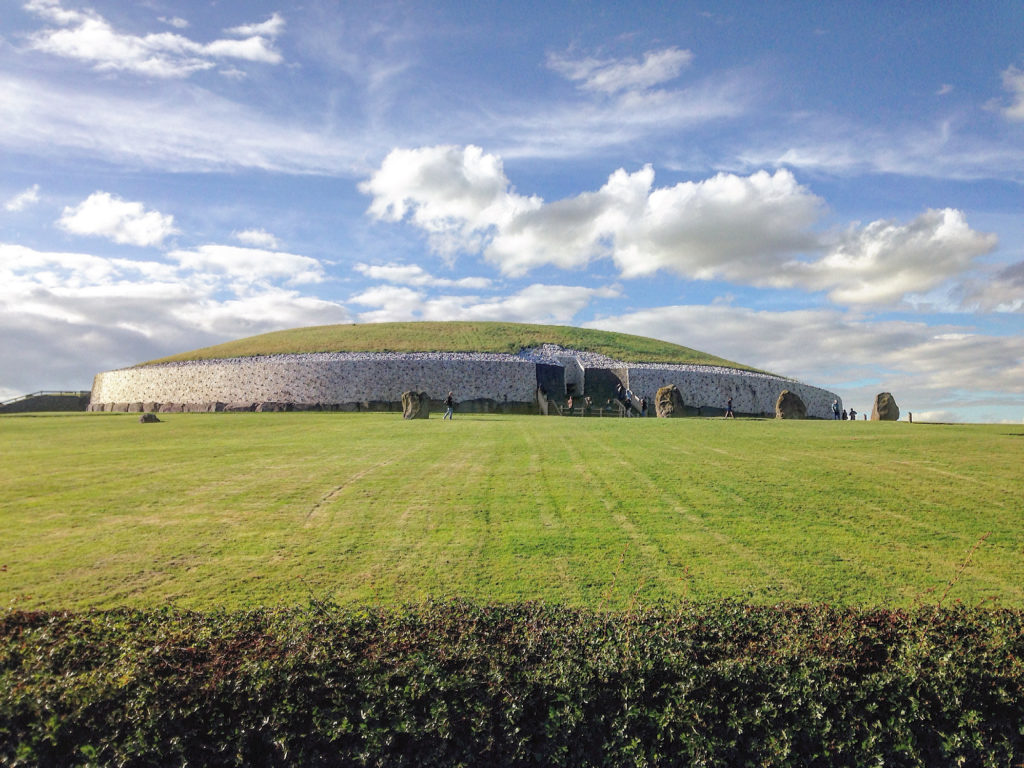
Stonehenge
A popular theory about Stonehenge is that it was used as an astronomy observatory. It was initially thought that visitors made their way to the site during midsummer, however, recent evidence shows that it was most popular during the winter solstice. This was when the sun would set between the greatest of the mid-arches.
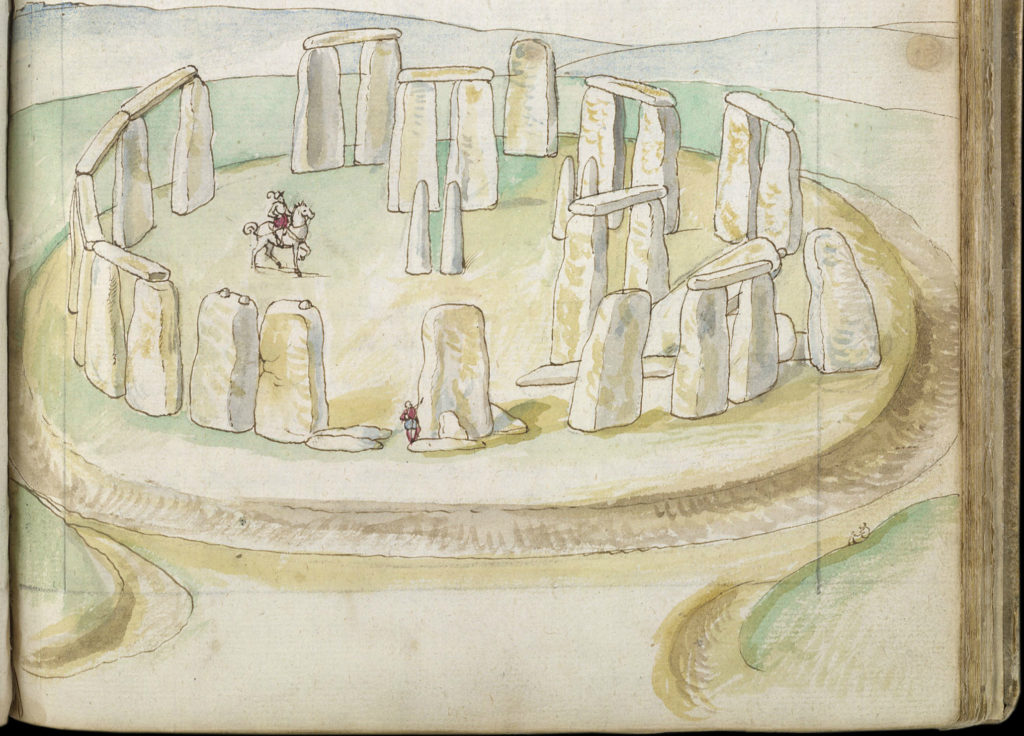
Stonehenge was know through the ages but it’s only in the 18th Century that a feature of the Stonehenge known as the Avenue was uncovered. This structure was thought to be created for the Summer Solstice because during midsummer mornings, the sun would rise directly above the Heel Stone and this would be visible from inside the monument. Since then the monument has gained interest among archeologists and received proper protection to not just get destroyed.
As mentioned, archaeoastronomers determined that the winter solstice held more significance. The stones were used to mark the sunset around December 21st. It is believed that people during this time gathered here for feasts and ceremonies. Astronomers like William Stukeley have even presumed that some sort of magnetic compass was used to layout their works. Other astronomers such as Gerald Hawkins found that this monument had several alignments with the Sun and Moon. He also found, through calculations, that at least 156 features of the Stonehenge were in alignment with different objects in the sky.
Nabta Playa or Egyptian Stonehenge
This structure can be found in Southern Egypt in the planes of Nabta. These ruins were discovered by anthropologists during an expedition while studying nomads. After citing and excavation, it was found that these were some of the oldest astronomical alignments of megaliths that the world has ever seen. These monuments predate the Stonehenge in England by over 1,000 years. Research shows that they were erected between 7,300 and 6,000 years ago. Anthropologists speculate that they were built by nomadic communities that would later form the early Egyptian civilizations.
This megalith consists of four slabs of stone. Two of which line up in the North-South direction and the other two lined up in the East—North East/ West—North West. The sunrise during the summer solstice was often spotted along with the East—North East stones about 6,800 years ago.
They assumed that the nomads created these monuments to mark the beginning of the summer monsoons. Heavy rains during this period would create temporary lakes that the nomads would be able to use for their livestock.
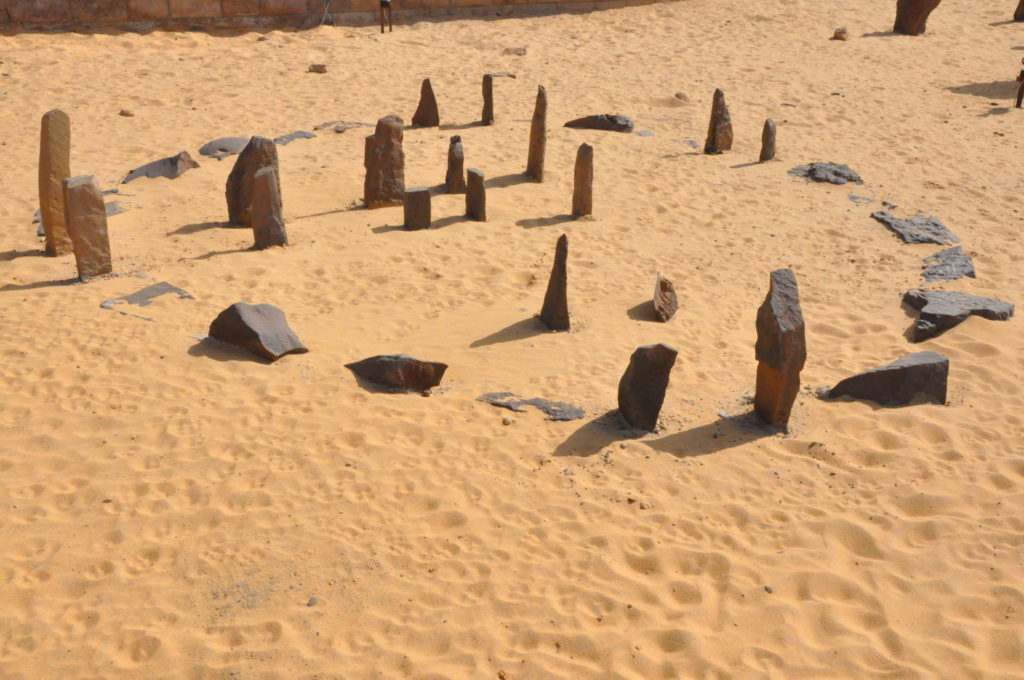
Machu Picchu
The ruins of Machu Picchu are some of the most famous in the world. However, not many people realize that one of its primary functions was to act as an astronomy observatory. The Intihuatana Stone (Hitching Post of the Sun) is where the sun first hit during the two equinoxes and other key celestial periods. On March 21st and September 21st midday, the sun would be directly atop this stone without casting a shadow.
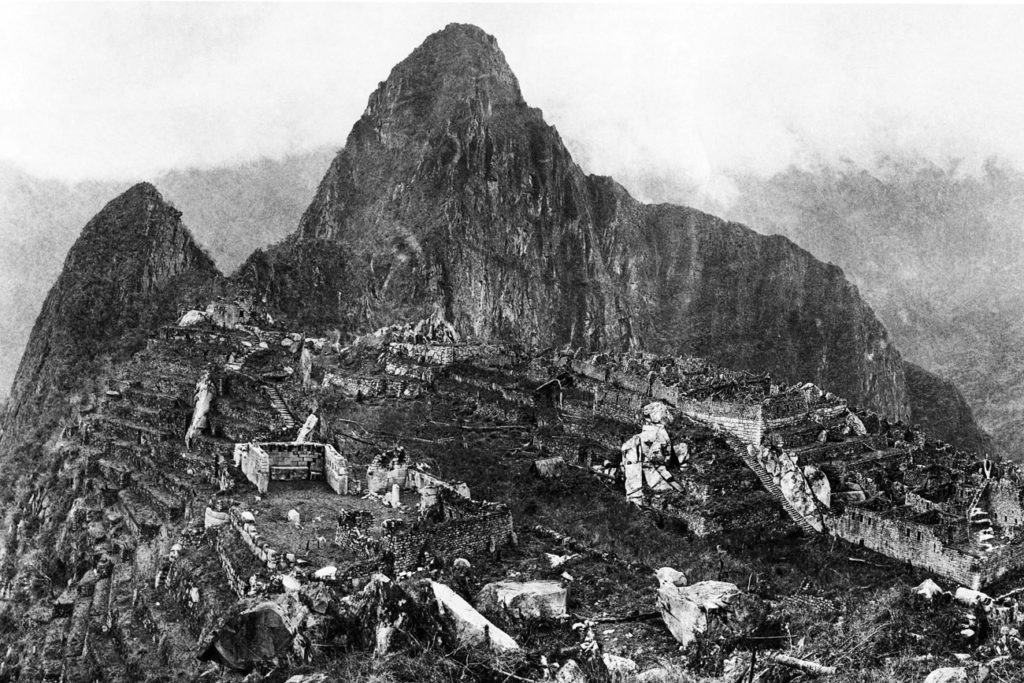
The area also aligns with the December solstice. At sunset, the sun sinks behind one of the most sacred mountains Pumasillo. However, the main shrine is equinoctial.
Scientists were previously doubtful if the stones were created specifically as an observatory. However, in 2013, researchers led by Mariusz Ziolkowski of the University of Warsaw, Jacek Kościuk of the Wroclaw University of Technology, and Fernando Astete, regional director of Machu Picchu used 3D laser scanning to prove that the stones in Machu Picchu were used for predictive purposes.
Intimachay, another area of astronomical significance showed promising signs. The area was a cave of sorts and it was noted that during the winter solstice, sunlight entered the Eastern window and hit the back wall ten days before and after the solstice. Other areas of Intimachay were divided into four to signify summer solstice, spring equinoxes, and autumn.
Uraniborg
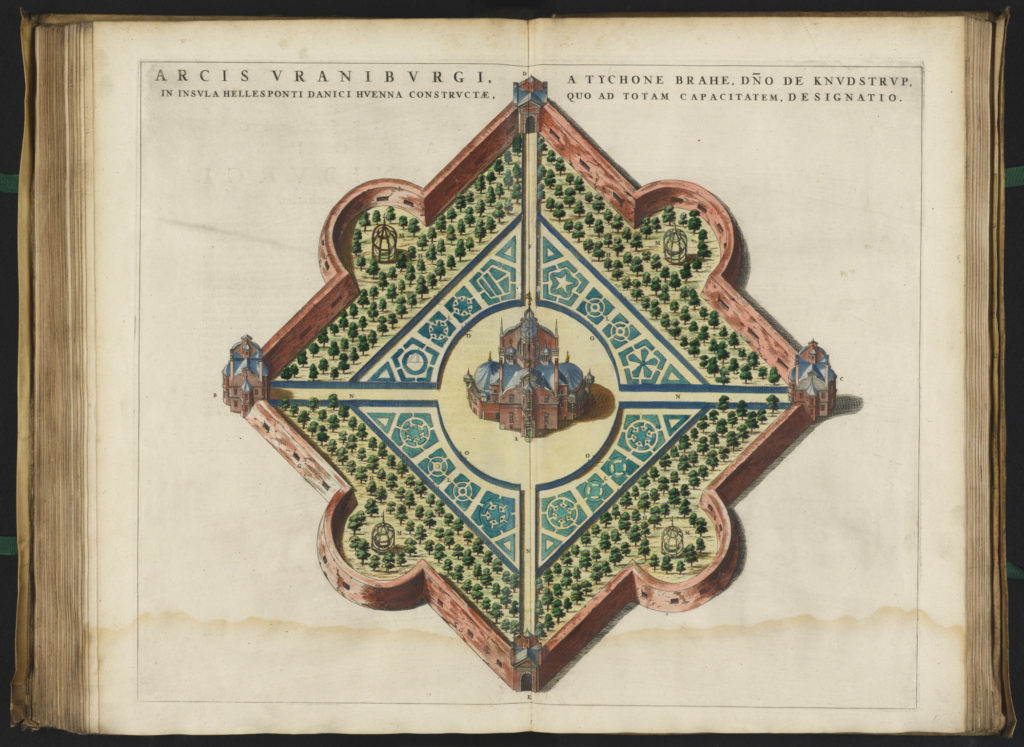
Created in 1576 by Danish astronomer Tycho Brahe, Uraniborg is sometimes considered to be the first “modern” observatory. It is termed modern due to the fact that funding for this site came from the state. However, telescopes were not yet in use. This observatory was still beneficial as it produced a catalog of over 1,000 stars.
This observatory is found on the island of Ven and was given to Tycho by Frederick, the second of Denmark. It is a three-story building that housed astronomers and royal guests for their amusement. They used quadrants, armillary spheres, and parallactic rulers for their work. Tycho was known to demand the highest accuracy and his findings were used by Johannes Kepler for his laws on planetary motions.
After this period, the first optical telescope was created by Galileo Galilei. These telescopes were only movable in one plane along the meridian. Many centers were then created in the 18th and 19th centuries in London, Paris, Washington, D.C., and Cape Town.
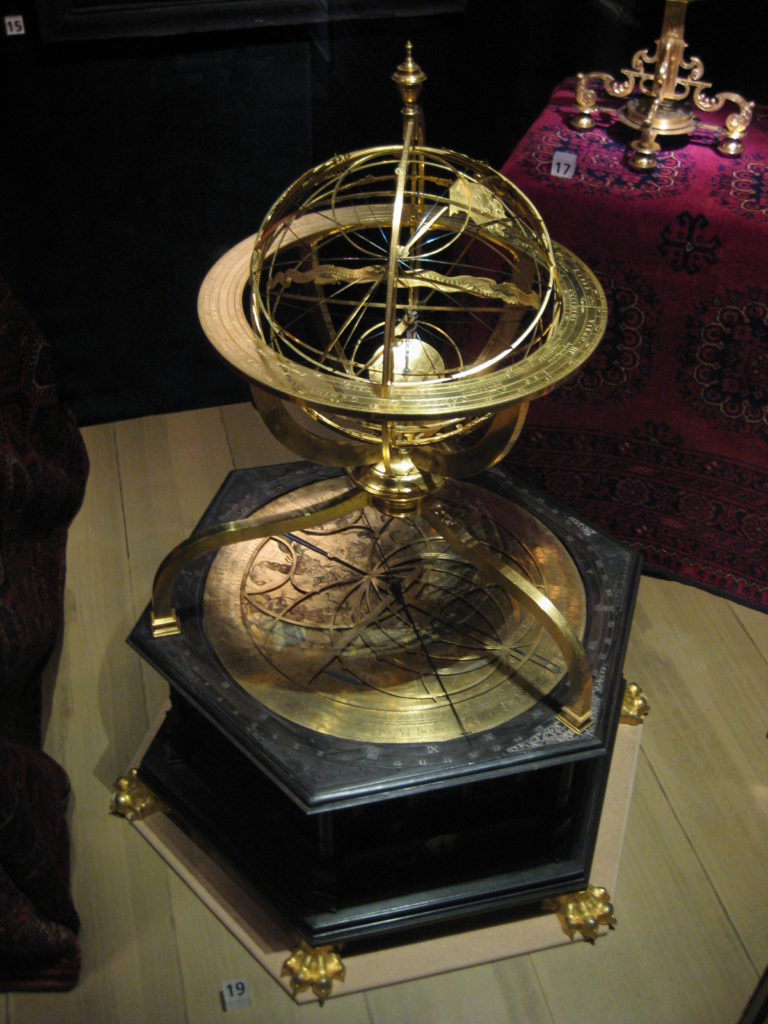
Observatory House
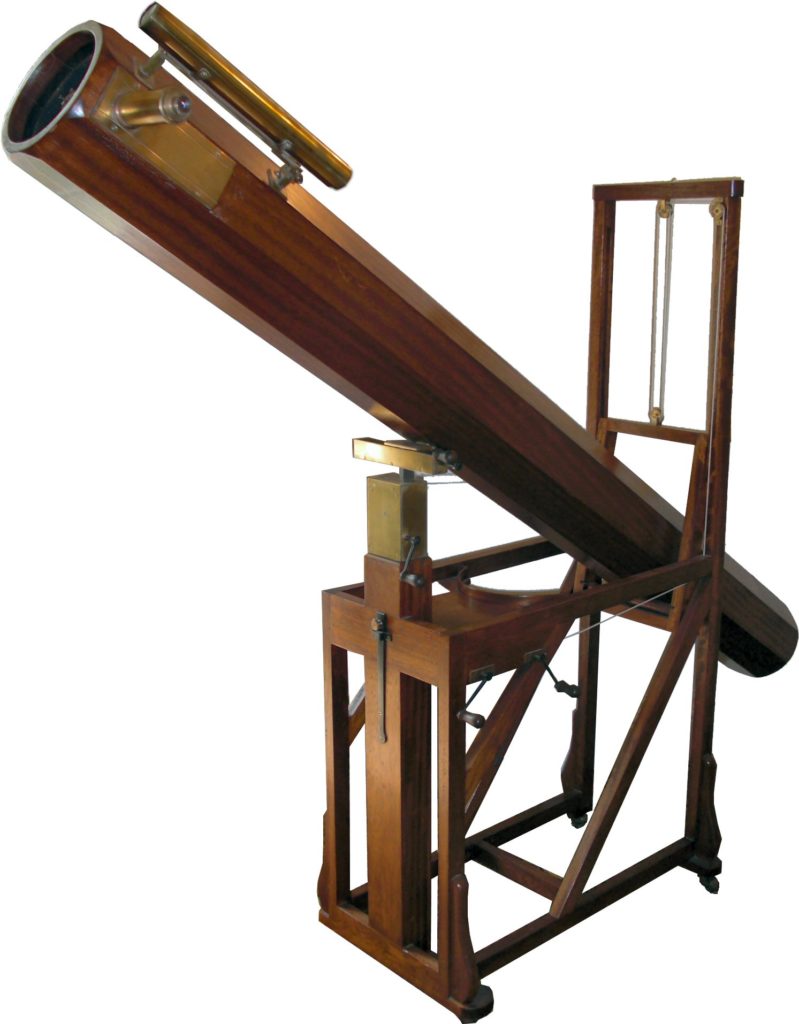
This observatory was run by two noble people: Sir William Herschel and his sister Caroline Herschel who were amateur astronomers. The observatory was something to marvel at, especially in this period in time. The instrument used in the house had a mirror made of speculum metal, with a diameter of 122 cm (48 inches) and a focal length of 17 meters (40 feet). The house was completed in 1789.
William Herschel is said to have discovered Uranus in 1781, and Neville Maskelyne confirmed that it was indeed a planet and not a comet. Caroline later discovered her first comet and Neville then wrote about the contributions amateur astronomers play in the field of astronomy. Caroline also updated Flamsteed’s star catalog.
Star Gazers’ Stone
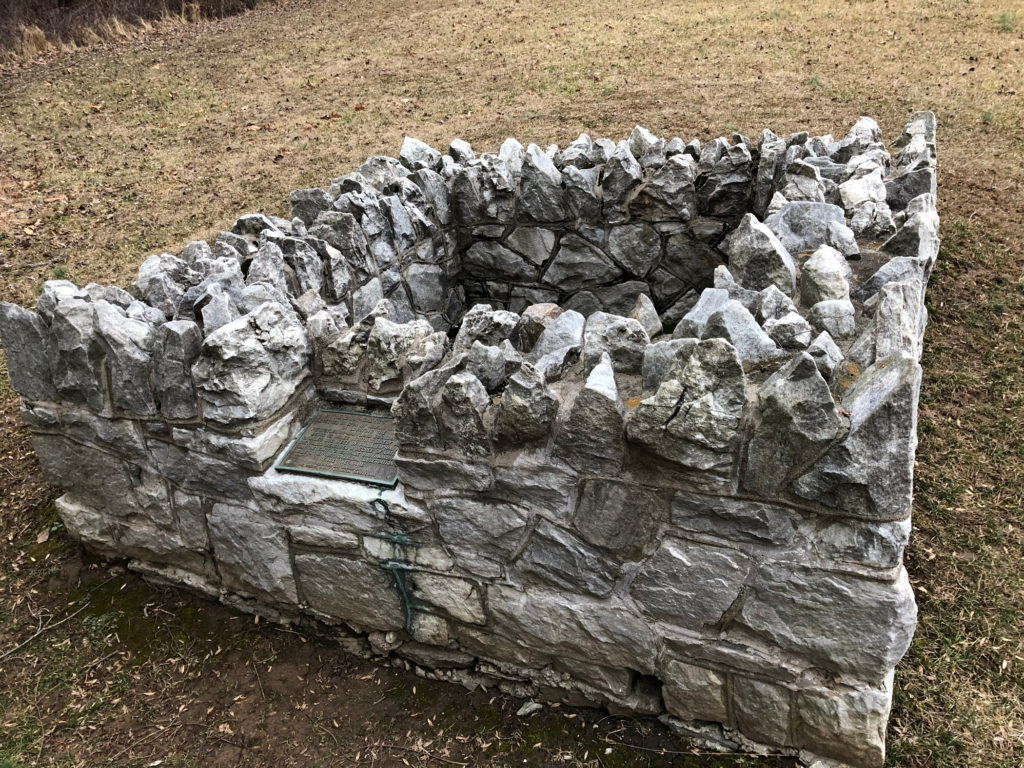
This historical and astronomical piece of history is one we feel that every budding astronomer should know about. And as you’ve probably guessed, is also the inspiration behind the name of this blog!
Measuring about 45cm (18 inches) in height, the Star Gazers’ Stone is an unassuming stone that can be found at the Star Gazer’s Farm in Pennsylvania in the United States. This stone marked the site where Charles Mason and Jeremiah Dixon created an observatory to establish an official line between two colonies: Pennsylvania and Maryland in 1763.
Mason and Dixon got the permission of a local farmer to use his land for their mission—and here they set up a local observatory. The farm had a house and a stone, that is what was later called the Star Gazers’ Stone. Using a telescope, they studied the night sky for many winter nights, trying to determine the exact latitude where the boundary lay.
The genesis of their task was a dispute between Pennsylvania and Maryland that had resulted in a war, the Cresap’s war. The Royal Kingdom then intervened, establishing a boundary as the latitude 24.1 km south of the southernmost house in Pennsylvania. The two were then contracted as surveyors to determine if this boundary was indeed correct.
They used the best instruments available to them at the time. This included a 6-foot long brass telescope, the zenith sector that had been made by John Bird that was specifically used for measuring latitudes. They also used quadrant for the same purpose, however, it was less accurate and was used to make quick estimations. Finally, they also used a chronometer to help them in their task. The surveyors’ approach to their task was to measure latitudes, although later calculations were made by calculating longitudes.
The two, Mason and Dixon, spent several nights making astronomical observations of the stars and making calculations to determine the correct latitude. This was primarily to find the southernmost part of Philadelphia. In their calculations, they found that the southernmost point was approximately 50 km south of the southernmost house in Pennsylvania. This place they called the “forks of the Brandywine” commonly known as the Brandywine Creek. After further observations using their quadrant, they determined that the farm of John Harland lay in the same position as this latitude.
They hired several men to help them clear farm fields and woodlands so they could measure how long the boundary was. This process, altogether, took the men approximately 5 years, and they finally established a 233-mile-long boundary line between Pennsylvania and Maryland and an 83-mile-long north-south boundary between Maryland and present-day Delaware.
In the years that they made their calculations, they continuously went back to Stargazers’ Stone, especially during the winter. They started their new tasks from the farm, usually measuring the distance of a degree of latitude in miles. It was said that Mason and Dixon were heavy drinkers and would take their drinking sprees to the tributary of the Brandywine and Punch Run Creek.
Their journal entries –
January 11th, 1764: “The observatory taken down and put with the rest of our instruments into the wagons, except the telescope, etc., of the sector which was carried on the springs (with feather bed under it) of a single horse chair.”
January 14th, 1764: “Arrived at Mr. Harland’s and set up the sector in his garden (enclosed in a tent), and in the evening brought the instrument into the meridian, and took the following observations…”
This observatory holds a significant place in history for astronomers. It shows that astronomy can be used for more than observing the skies and learning about celestial bodies. We can use astronomy to make decisions that are significant even here on Earth.
Conclusion
The history of observatories shows us that even with the bare minimum, it is still possible for humanity to find ways to observe the wonders of the sky and use them to their advantage. Maybe a more practical approach should be taken to astronomy and we can find ways that it can directly influence our lives and our decisions as it did in the olden days. From finding latitudes and boundaries to finding out when to graze livestock, astronomy has played a key role in shaping our lives.
Technology has also come a long way, from simple stone structures to quadrants and star charts to finally advanced telescopes that we have today. There is certainly even more that we can expect in the coming years of astronomy.
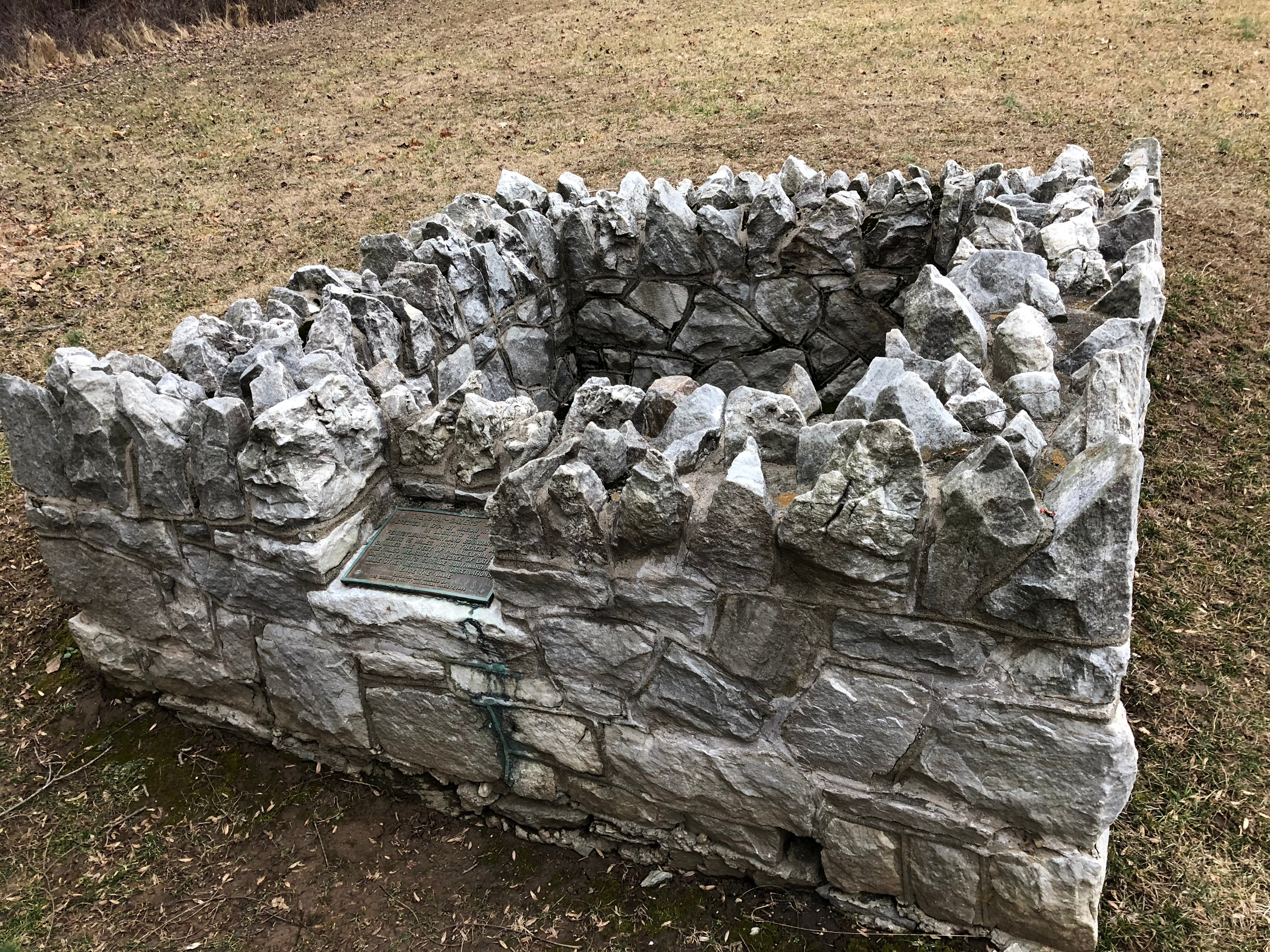
Leave a Reply